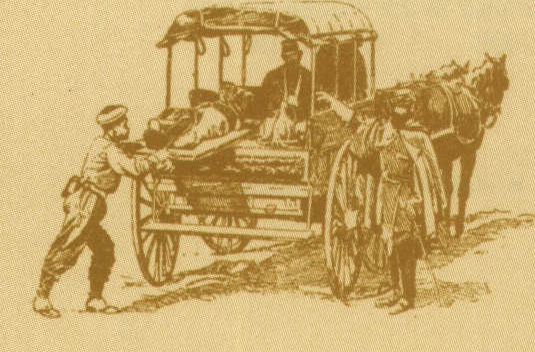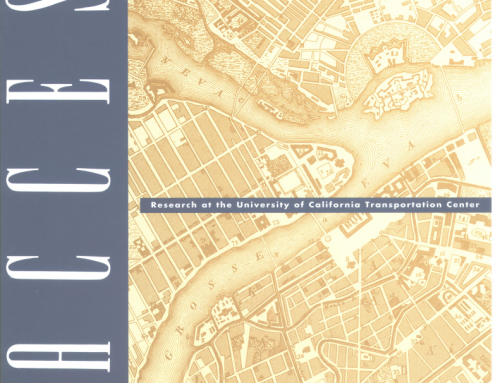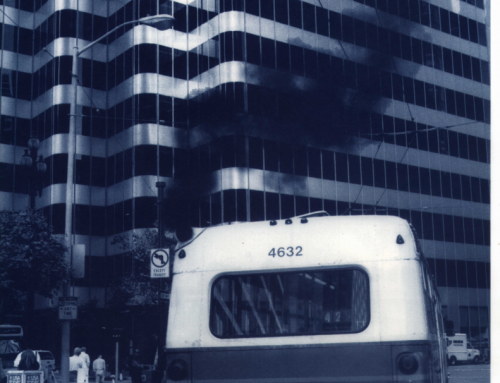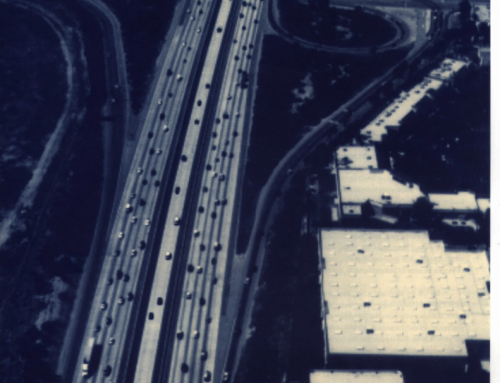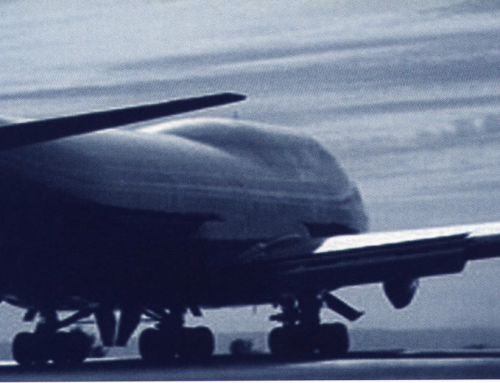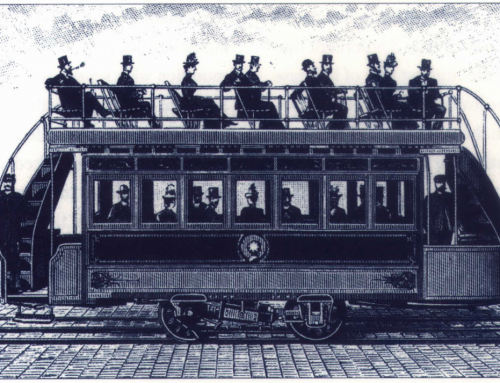Have you ever wondered how much urban land is devoted to streets and parking? I realize there are many problems inherent in calculating this sort of statistic. For example, it’s not clear whether a driveway alongside a house should be counted as a street or as parking, or maybe as neither, because some driveways serve primarily as open space between adjacent houses and are rarely used by cars. Nevertheless, it would be good to have even a rough estimate of the share of urban land in streets and parking.
I found the answer to my question in a wonderful new book by Michael Southworth and Eran Ben-Joseph (1997). They say (pp. 4-5), “In the urban United States, the automobile consumes close to half of the land area of cities; in Los Angeles the figure approaches two thirds.” Southworth and Ben-Joseph cite Hanson (1992) and Renner (1988) for this information, and I traced the references to their source. Here is what I found.
Mark Hanson (1992, p. 66) says, “In US cities, close to half of all urban area goes to accommodating the automobile, while in Los Angeles the figure reaches two-thirds.” For this Hanson cites Michael Renner (1988, p. 46), who says, “In American cities, close to half of all the urban space goes to accommodate the automobile; in Los Angeles, the figure reaches two-thirds.” For this, Renner cites Kirkpatrick Sale (1980, p. 253), who says, “It [the car] demands enormous amounts of space, both in the countryside, where it has so far caused 60,000 square miles of land to be paved over, and in the cities, where roughly half of all the land (in Los Angeles 62 percent) is given over to its needs.” Sale did not cite his source, and despite repeated telephone calls, I have been unable to reach him.
In the urban United States, the automobile consumes close to half of the land area of cities; in Los Angeles the figure approaches two thirds.
Meanwhile, others also have been on the trail. Stephen Marshall at University College London posted a message on the Internet, citing the questionable statistic quoted from Southworth and Ben-Joseph, and asking for similar information about other cities. Marshall summarized the responses, and has made them available on the Internet.
Among the responses Ray Brindle reports, ‘The glib citing of such ‘data’ is nonsense, of course. Many years ago, as a planning student, I tried to calculate the figure for Melbourne – and found that in older areas of Melbourne (with many wide boulevards and ninety-nine-foot local road reserves) the figure was approaching one third – but that was largely because of the generous colonial pre-auto allocation of space to ‘streets.’ We discovered that the figure for modern suburbs was well below 25 percent, suggesting paradoxically that urban areas designed for car use in fact devoted less land to roads and streets.”
Herman de Wolff reports that the share of land devoted to streets and railways is 7.1 percent in Amsterdam and 6.5 percent in Rotterdam. Murali Krishnan reports that the share of land in Indian cities devoted to transportation (all modes) is between 10 and 15 percent. Others report the shares of land in streets as Bangkok (11 percent) , Paris (11 percent), Hong Kong (13 percent), and Tokyo (13 percent) .
The share of urban land devoted to streets is not, however, the same as the share “consumed by automobiles.” Because streets existed before automobiles, perhaps the share of land “consumed by automobiles” is only the increase in the share of land devoted to streets and parking since the automobile arrived. The share of land devoted to parking has increased far more than the share of land devoted to streets, which may even have declined. Unfortunately, there are no data on the share of urban land devoted to parking. I’m tempted to invent them
Further Readings
Hanson, Mark, “Automobile Subsidies and Land Use,” Journal of the American Planning Association, vol. 58, no.1, winter 1992.
Renner, Michael, Rethinking the Role of the Automobile (Washington, DC: World Watch Institute, 1988).
Sale, Kirkpatrick, Human Scale (New York: Coward, McCann, & Geohagan, 1980).
Shoup, Donald, ” The High Cost of Free Parking,” Journal of Planning Education and Research, vol. 17, no. 1, pp. 3-20, September 1997.
Southworth, Michael and Eran Ben-Joseph, Streets and the Shaping of Towns and Cities (New York: McGraw Hill, 1997).

